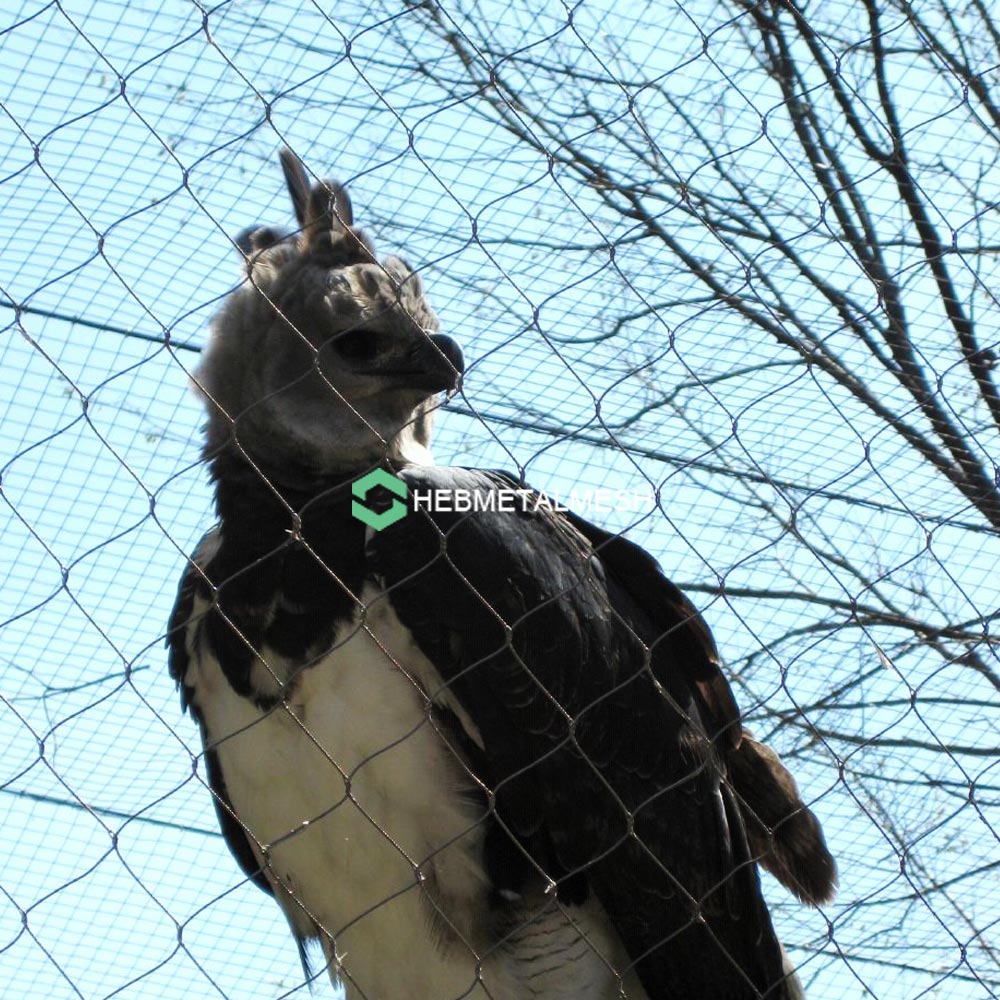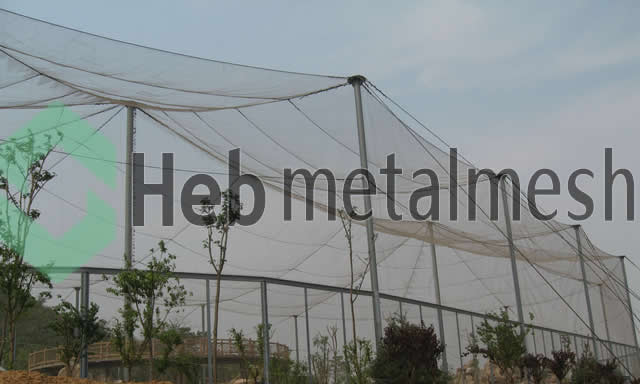
Eagle netting, also known as bird netting, is a method used to prevent eagles and other birds of prey from accessing certain areas. Eagles are large and powerful birds that can cause damage to property or pose a danger to other animals. Therefore, using nets to keep them away from specific locations is a practical and humane solution. Various types of nets are available for eagle netting, each offering unique features and advantages. In this article, we will explore some of the different types of nets commonly used for eagle netting.
Polyethylene Netting: This type of netting is popularly used for eagle netting due to its durability and strength. Polyethylene nets are made from high-density polyethylene (HDPE) material, which is known for its resistance to UV rays and harsh weather conditions. These nets are usually available in different mesh sizes, allowing users to select the appropriate size depending on the target bird species. Polyethylene nets are lightweight, making them convenient for installation and maintenance.
Stainless Steel Netting: As the name suggests, stainless steel netting is constructed using thin steel cables intertwined to form a strong, impenetrable barrier. This type of netting is suitable for areas where extra protection is required or where smaller bird species may attempt to pass through. Stainless steel nets have exceptional strength and durability, ensuring they can withstand the impact of an eagle’s talons without tearing or breaking. Despite their robustness, stainless steel nets are flexible and easy to handle, making them a popular choice for commercial and industrial applications.
Knotted Nylon Netting: Knotted nylon nets are another type of netting commonly used for eagle control. They are manufactured from a high-strength nylon material, comprising multiple knots tied at each intersection point, ensuring enhanced strength and durability. These nets can withstand the powerful talons of eagles and are highly resistant to tearing. Knotted nylon nets are suitable for larger areas or locations with high eagle activity, as they provide maximum protection while still allowing airflow and sunlight to pass through.
Anti-Bird Netting: Anti-bird netting, typically made of lightweight and durable nylon or polyethylene, is a versatile option for eagle netting. While primarily designed to deter smaller bird species, such as pigeons or seagulls, anti-bird netting can also be effective in keeping larger raptors, like eagles, at bay. The mesh size of these nets can be customized to match specific bird control requirements. Anti-bird netting is ideal for agricultural areas or gardens where protection from eagle attacks is required, ultimately safeguarding crops and preventing potential losses.
Knotless Netting: Knotless netting is constructed in a grid-like pattern without any knots, providing a smoother surface and reducing the risk of birds getting entangled. This type of netting is often made from polyethylene or nylon and is an excellent choice for eagle netting due to its strength and longevity. Knotless netting is lightweight and resistant to UV rays, allowing for extended outdoor use without damage. It is commonly used in sports stadiums, fish farms, and outdoor events where eagles or other birds of prey need to be kept away.
In conclusion, eagle netting is an effective and humane solution to prevent eagle infestation or protect specific areas from these majestic birds. Whether opting for polyethylene, stainless steel, knotted nylon, anti-bird, or knotless netting, each type offers specific benefits and features in terms of strength, durability, and suitability for different applications. By selecting the right type of netting based on the specific requirements, individuals can ensure optimal protection from eagles while minimizing any harm to these magnificent creatures.

